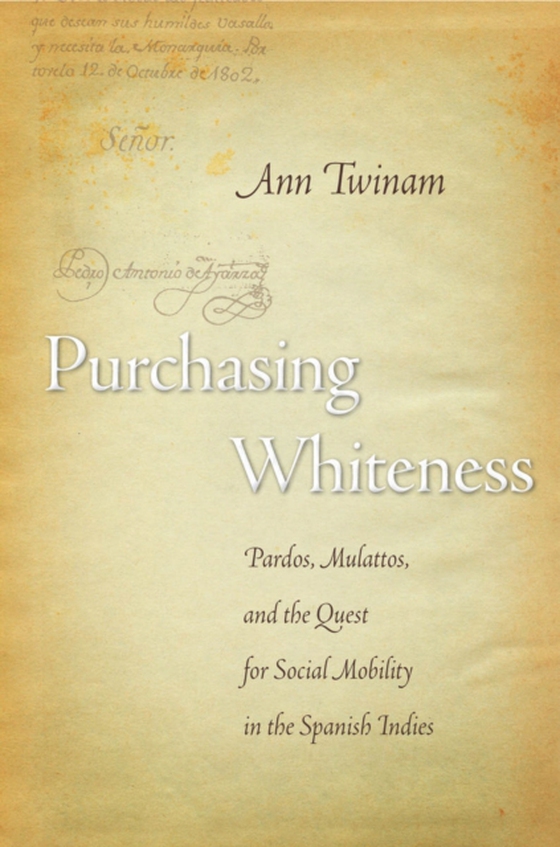
Purchasing Whiteness e-bog
238,03 DKK
(inkl. moms 297,54 DKK)
“A magisterial tour de force that will be received as a significant contribution to the historiography of race in colonial Latin America.” —Cecily Jones, H-Caribbean   The colonization of Spanish America resulted in the mixing of Natives, Europeans, and Africans and the subsequent creation of a casta system that discriminated against them. Members of mixed ...
E-bog
238,03 DKK
Forlag
Stanford University Press
Udgivet
28 januar 2015
Genrer
1KJ
Sprog
English
Format
pdf
Beskyttelse
LCP
ISBN
9780804793209
“A magisterial tour de force that will be received as a significant contribution to the historiography of race in colonial Latin America.” —Cecily Jones, H-Caribbean The colonization of Spanish America resulted in the mixing of Natives, Europeans, and Africans and the subsequent creation of a casta system that discriminated against them. Members of mixed races could, however, free themselves from such burdensome restrictions through the purchase of a gracias al sacar—a royal exemption that provided the privileges of Whiteness. For more than a century, the whitening gracias al sacar has fascinated historians. Even while the documents remained elusive, scholars continually mentioned the potential to acquire Whiteness as a provocative marker of the historic differences between Anglo and Latin American treatments of race. Purchasing Whiteness explores the fascinating details of 40 cases of whitening petitions, tracking thousands of pages of ensuing conversations as petitioners, royal officials, and local elites disputed not only whether the state should grant full whiteness to deserving individuals, but whether selective prejudices against the castas should cease. Purchasing Whiteness contextualizes the history of the gracias al sacar within the broader framework of three centuries of mixed race efforts to end discrimination. It identifies those historic variables that structured the potential for mobility as Africans moved from slavery to freedom, mixed with Natives and Whites, and transformed later generations into vassals worthy of royal favor. By examining this history of pardo and mulatto mobility, the author provides striking insight into those uniquely characteristic and deeply embedded pathways through which the Hispanic world negotiated processes of inclusion and exclusion.
 Dansk
Dansk

